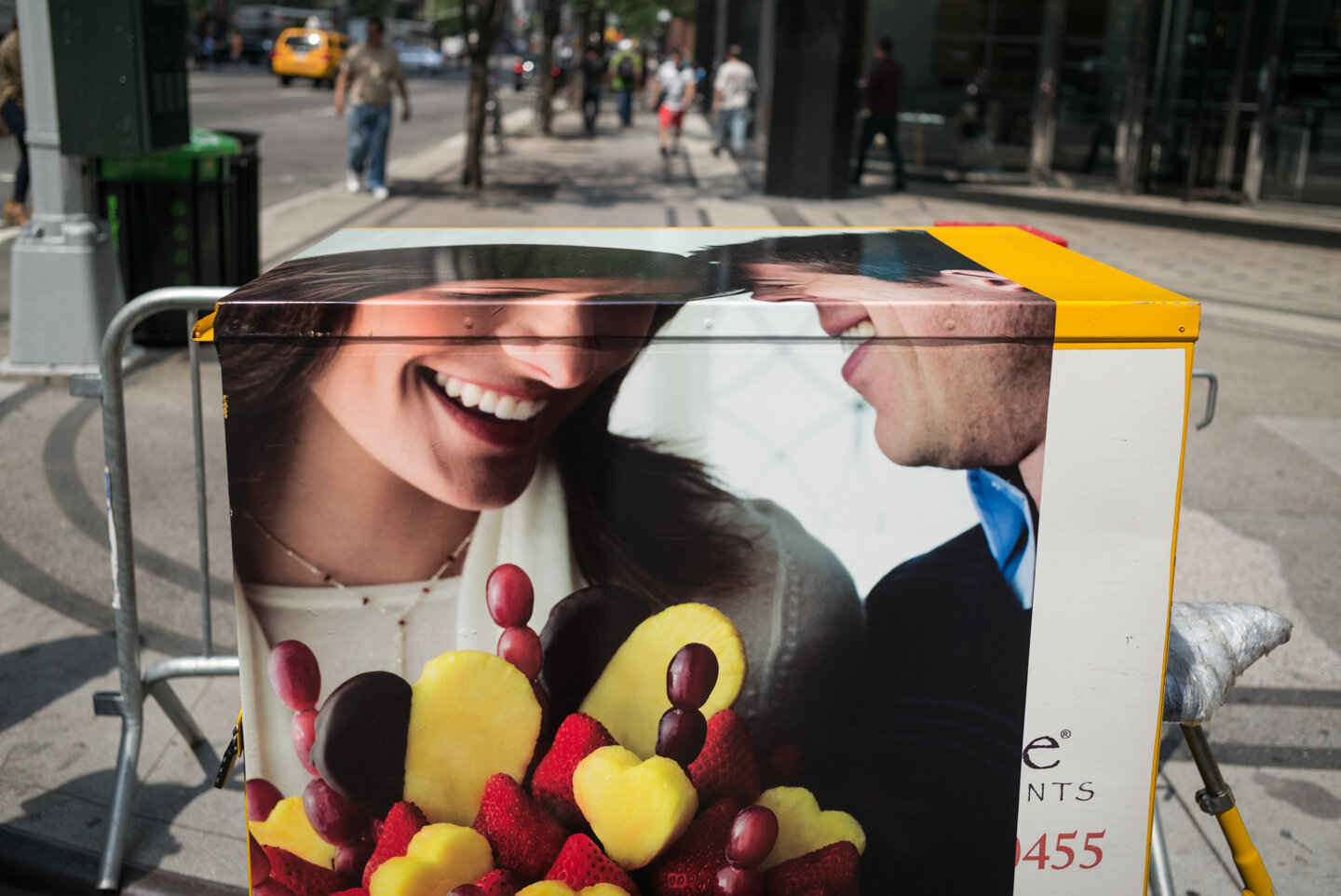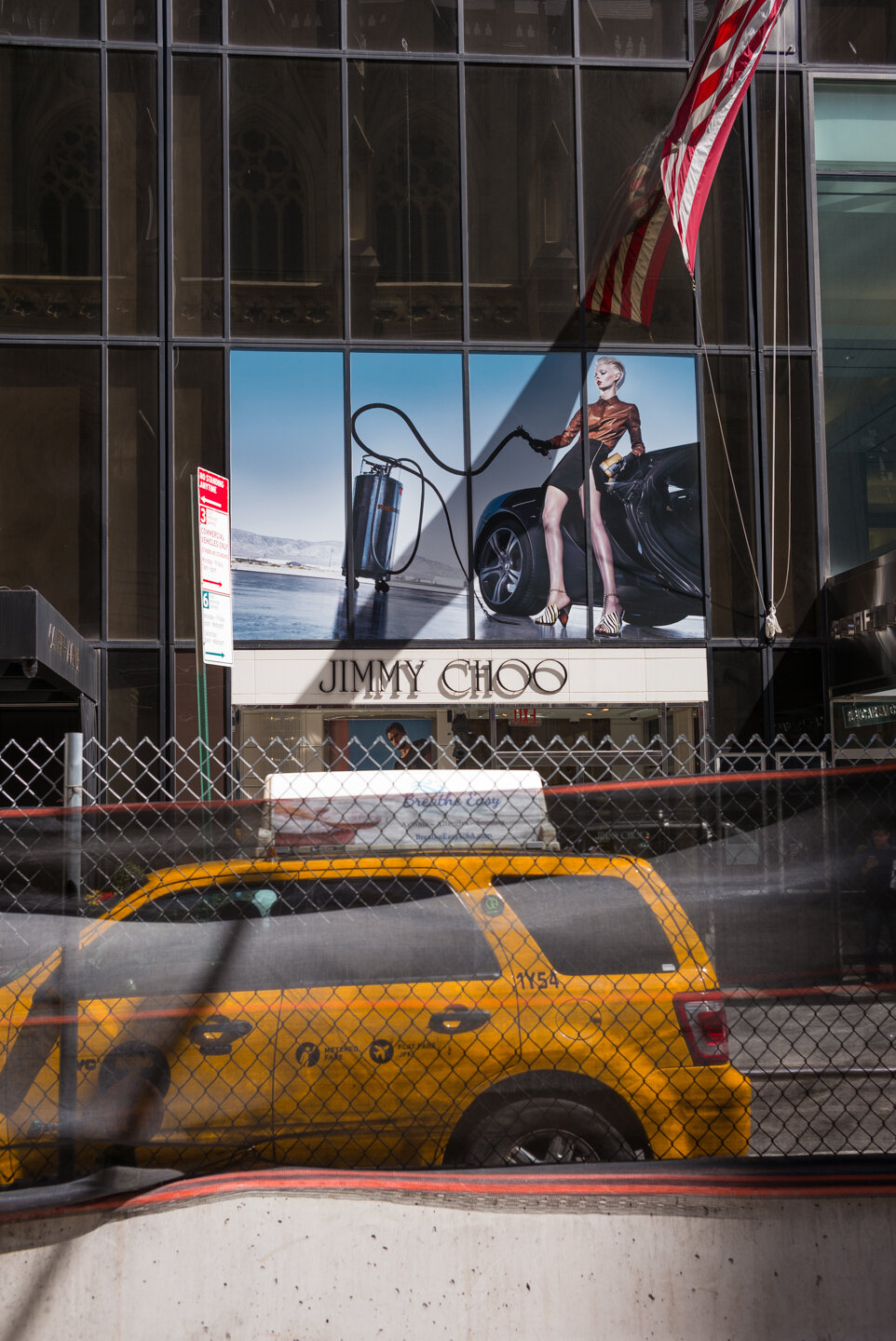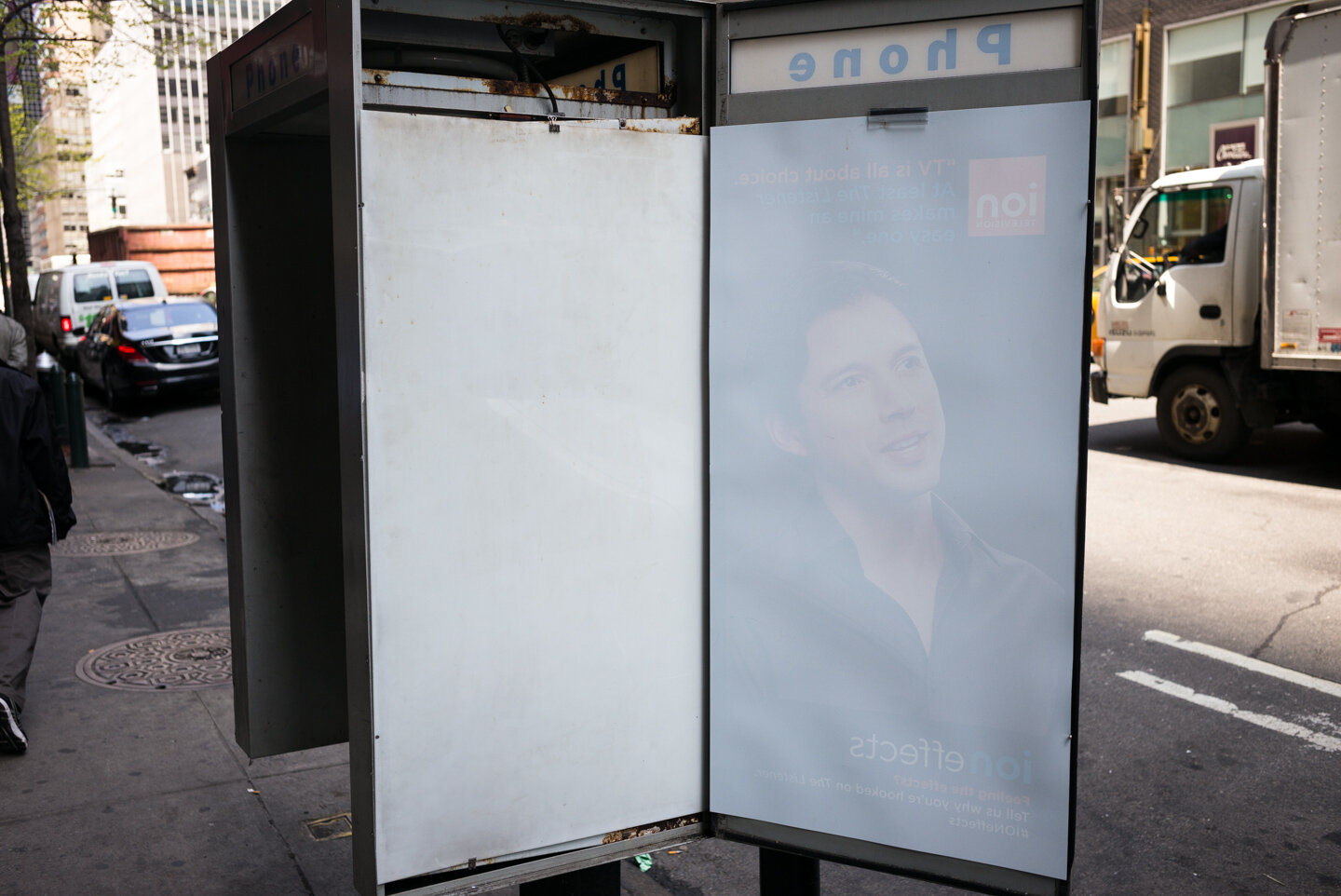























I don’t know why, but I don’t like green denim jeans, a clingy green dress, the green of a uniform, the hi-viz sheen of a vest marked SECURITY. But I love green, the million greens of trees in spring.

The picture is a fact. —Wittgenstein
This is my certain Chinese encyclopedia (Borges) of the ways in which we encounter, experience, and use pictures. Whether to stir desire, represent loss, offer a distraction, provide comfort, or instill fear, it is hard to back away from an awareness of the use of pictures, or how they use us.
And so these pictures as a whole might be a sociological study, or a political stance, or a psychological discovery (in the legalistic sense of obtaining evidence), or a conceptual charade, or a semiotic meditation: which is to say, that these pictures are an aesthetic amusement, in the way that we may be amused by seeing the image of deer on the wall of the lounge of a shooting range, knowing that they will never be hurt by us, because they are just pictures.

























I don’t know why, but I don’t like green denim jeans, a clingy green dress, the green of a uniform, the hi-viz sheen of a vest marked SECURITY. But I love green, the million greens of trees in spring.
The picture is a fact. —Wittgenstein
This is my certain Chinese encyclopedia (Borges) of the ways in which we encounter, experience, and use pictures. Whether to stir desire, represent loss, offer a distraction, provide comfort, or instill fear, it is hard to back away from an awareness of the use of pictures, or how they use us.
And so these pictures as a whole might be a sociological study, or a political stance, or a psychological discovery (in the legalistic sense of obtaining evidence), or a conceptual charade, or a semiotic meditation: which is to say, that these pictures are an aesthetic amusement, in the way that we may be amused by seeing the image of deer on the wall of the lounge of a shooting range, knowing that they will never be hurt by us, because they are just pictures.